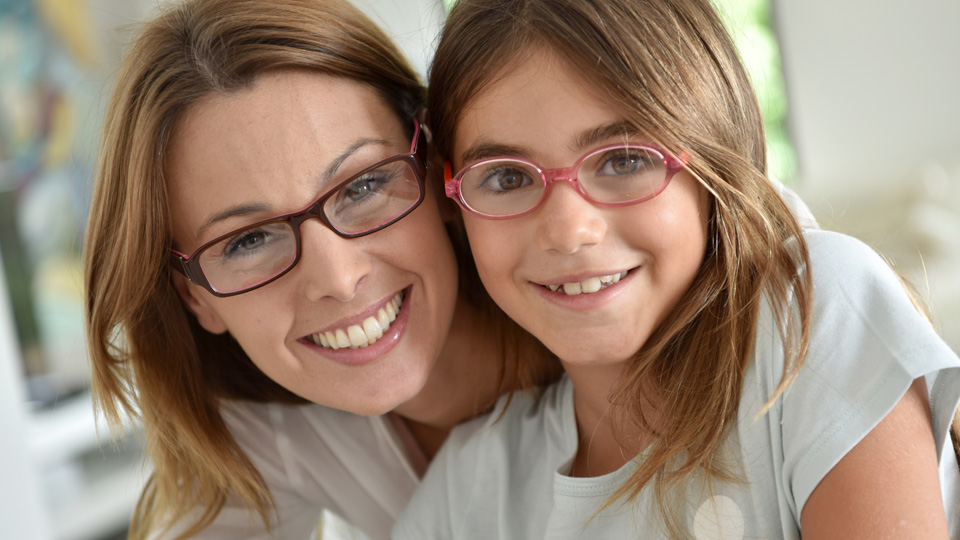All about the skin around the eyes and “drooping” eyelids
04/04/2025

22/02/2022
Many parents with refractive errors (myopia, hypermetropia and astigmatism) often wonder if their children will inherit the same prescription as them. Studies conducted to date show that a range of factors influence the onset of refractive errors in childhood, including genetic causes (family history), environmental factors, sex, race and socioeconomic factors.
At present, there is still a lot of controversy around the role of environmental factors on the development of ametropias. This impact seems to be greater in the case of myopia, so there is a series of visual hygiene habits to remember in order to try to slow down the progression of myopia:
Proper lighting: According to recent studies, the absence of light seems to play an important role in the development of myopia. For this reason, it is a good idea to encourage outdoors activities and make sure you have good lighting, preferably natural, in your indoor spaces.
Reading distance: It should be suitable (30-40 cm), as working up close for long periods of time, just like the lack of natural light, could cause myopia to progress more quickly. In addition, use of our near sight involves an eye accommodation exercise and continued contraction of the eye muscles, which increases the risk of eyestrain.
Limiting the use of screens: Although the appeal of electronic devices to kids is undeniable, their excessive use has a negative impact on eye health. Specialists recommend no use before the age of 3 and limiting it to 1-2 hours per day during the rest of childhood and adolescence. The guide Children and screens. How to look after the eyes at home and in school, published by Barraquer, explains to parents how they can set limits on the use of screens. Activities using this type of device reduce how often we blink and may also cause eye dryness, temporarily blurred vision and eyestrain.
These recommendations are especially important at an early age as visual development begins at birth and ends at the age of 8-9.
Refractive defects cannot be prevented, but they can be detected early. Any eye pathology that causes poor vision in one or both eyes during the period of visual learning may lead to amblyopia or lazy eye. That's why children of the age of 2-3 years old should undergo a full eye examination with an ophthalmologist, even if they do not have any symptoms. Regular eye check-ups and visual hygiene measures will ensure that our children’s eye health is in good shape.
Idoia Rodríguez Maiztegui, ophthalmologist in the areas of Strabismus, Pediatric Ophthalmology and Neuro-ophthalmology at the Barraquer Ophthalmology Centre
We chatted with our pediatric optometrist Susana Escalera, who sees about 30 children a day in her office. Her experience and skills are paramount to a successfult eye exam of these small patients, some of whom are still a baby. It seems like a simple task, but it is not.